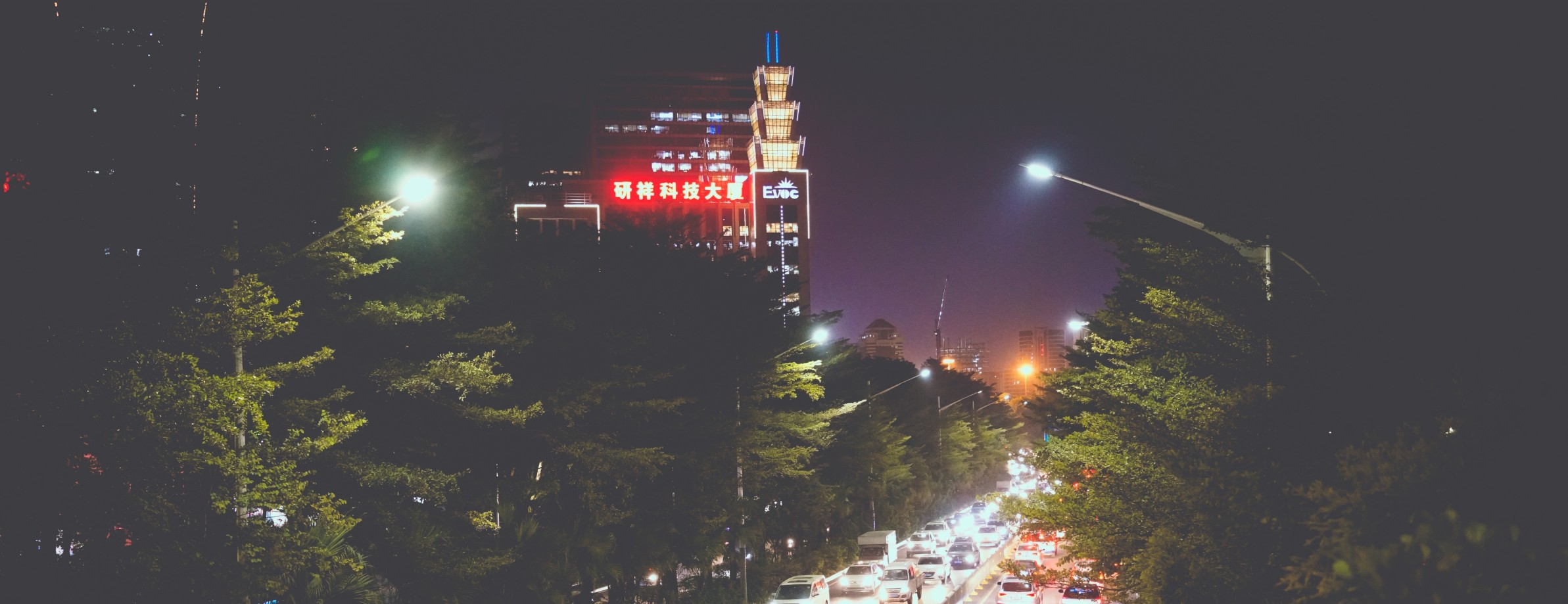OpenCV Object Detection and Tracking

OpenCV Haarcascades
To identify objects I am going to use the provided OpenCV Haarcascades from Github.com:
- haarcascade_fullbody.xml
- haarcascade_eye.xml
- haarcascade_frontalface_default.xml
- haarcascade_lowerbody.xml
- haarcascade_upperbody.xml
You only need a few lines of code to perform an object detection on an image (image source pexels.com):
import cv2
image = cv2.imread('resources/group_of_people.jpg')
detector = cv2.CascadeClassifier('cascades/haarcascade_fullbody.xml')
image_gray = cv2.cvtColor(image, cv2.COLOR_BGR2GRAY)
detections = detector.detectMultiScale(image_gray)
print('[INFO] People detected: ' + str(len(detections)))
for (x, y, w, h) in detections:
cv2.rectangle(image, (x, y), (x+w, y+h), (0, 0, 255), 2)
cv2.imshow('People', image)
cv2.waitKey(0)
cv2.destroyAllWindows()
![]()
Using Haarcascades to find Objects
In the previous Object Tracking Example I selected the object I wanted to track by hand. We can now use the OpenCV object detection feature to automatically find people in our video and return the coordinates for a bounding box:
import cv2
import sys
tracker = cv2.legacy.TrackerCSRT_create()
video = cv2.VideoCapture('resources/group_of_people_03.mp4')
if not video.isOpened():
print('[ERROR] loading video')
sys.exit()
ok, frame = video.read()
if not ok:
print('[ERROR] loading frame')
sys.exit()
detector = cv2.CascadeClassifier('cascades/haarcascade_fullbody.xml')
def detect():
while True:
ok, frame = video.read()
frame_gray = cv2.cvtColor(frame, cv2.COLOR_BGR2GRAY)
detections = detector.detectMultiScale(frame_gray, minSize=(300, 300))
print('[INFO] people detected: ' + str(len(detections)))
for (x, y, w, h) in detections:
cv2.rectangle(frame, (x, y), (x + w, y + h), (0, 0, 255), 2)
cv2.imshow('Detections', frame)
cv2.waitKey(0)
cv2.destroyAllWindows()
if x > 0:
print('[INFO] bounding box calculated')
return x, y, w, h
bbox = detect()
print(bbox)
This code will search for a person inside the first frame of the image and return the bounding box coordinates once it found one (all videos are free stock from pexels.com):
![]()
Those coordinates can then be fed into the tracking algorithm that allows us to track the person recognized by OpenCV:
# initialize tracker with detected coordinates
ok = tracker.init(frame, bbox)
if not ok:
print('[ERROR] loading tracker')
# generate random colours for bounding box
colours = (randint(0, 255), randint(0, 255), randint(0, 255))
# loop through all frames and apply tracker on detected object
while True:
ok, frame = video.read()
if not ok:
print('[INFO] reached end of video')
break
# update bounding box in new frame using tracker
ok, bbox = tracker.update(frame)
if ok:
(x, y, w, h) = [int(v) for v in bbox]
cv2.rectangle(frame, (x, y), (x+w, y+h), colours, 5)
# show tracking / resize frame if necessary
resized = cv2.resize(frame, (1280, 720), interpolation=cv2.INTER_NEAREST)
cv2.imshow('Tracking', resized)
# press 'q' to break loop and close window
if cv2.waitKey(1) & 0xFF == ord('q'):
break
else:
print('[WARNING] No Track')
# re-run detection if track was lost
bbox = detect()
# restart tracker if person detected
tracker = cv2.legacy.TrackerCSRT_create()
tracker.init(frame, bbox)
With this code we are entirely dependent on the Haarcascade to select objects to track. We can adjust this by first selecting the initial object by hand and only handing the selection to the algorithm if the track fails:
# call detection function
# if you want OpenCV to detect the initial object automatically
# bbox = detect()
# print(bbox)
# or use the ROI selector to select initial object yourself
bbox = cv2.selectROI(frame)
Now the detection code is skipped and I am presented with the manual selector instead (all videos are free stock from pexels.com):
![]()
The tracking algorithm will then take those coordinates and start tracking the region of interest. If it looses track it will trigger the object detection function to reacquire it:
![]()